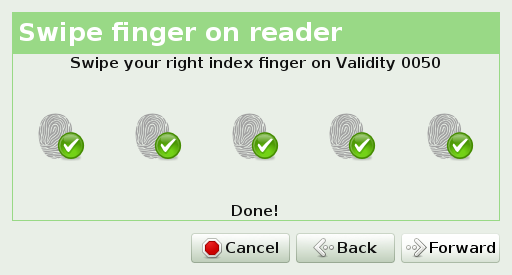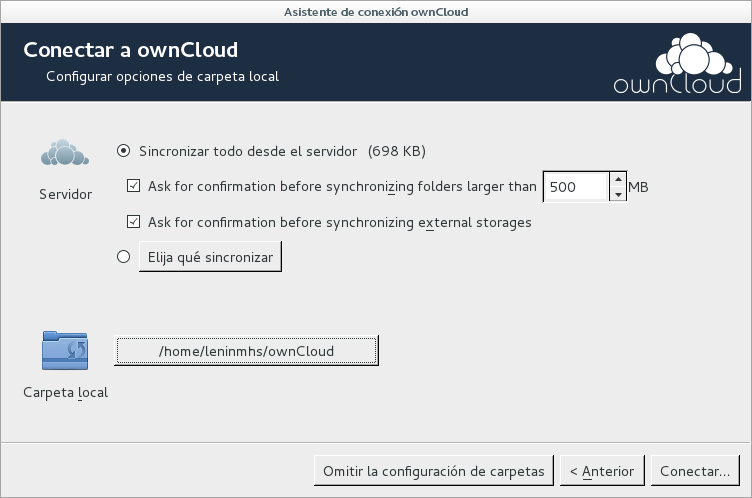
In the console, execute sudo ln -s /usr/local/Cellar/ffmpeg/0.6/bin/ffmpeg /usr/bin/ffmpeg.Change the paths as appropriate.Installing FFmpeg 4 – the latest version – on Ubuntu 14. We will install FFmpeg from the mc3man ppa. Once the PPA is installed, move on to updating the repository by executing: apt-get update To add this PPA we need to execute: sudo apt-get install -y software-properties-commonĪdd apt-repository ppa:mc3man/trusty-media PPA stands for Personal Package Archives which are supported by the Ubuntu community. To verify the version check using the following command: ffmpeg -version Lastly, to install ffmpeg we need to execute: apt-get install ffmpeg To install FFmpeg on Debian 9 – Stretch, you need to be logged in as a root user. It’s available in the official Debian repository.įirst, update the package list using: apt updateĪfter this we can execute the following command to install FFmpeg: apt install ffmpeg The FFmpeg package uses the apt package manager for installation. If you’re using Debian 8 – Jessie, FFmpeg won’t be available in the official repository. However, the Debian multimedia repository can be used to install the codex. We will have to add the Debian multimedia repository.

To add this, we need to edit the file /etc/apt/sources.list. This file contains the list of repositories APT uses. Open the file using the following command and press I (Insert) to start editing: vi /etc/apt/sources.listĪdd the lines listed below to the file: deb jessie main non-free To edit this file, you can use a terminal editor such as nano or vi. To exit the editor press : and execute q! To save your edit on the vi editor press Esc. Next we will have to install the deb-multimedia-keyring package.

First, we will update, then install, and update one more time. To validate the installation on Debian use the following command: ffmpeg -version Once you’re done, install the FFmpeg package using: apt install ffmpeg This makes sure that all the changes are correctly updated and noted.

Install FFmpeg on CentOS, Fedora, and RHELĬentOS does not provide an official repository for FFmpeg installation. To install using CentOS 7 or 6, update the system using: yum install epel-release -y This can be installed using third party nux dextop yum repo. On CentOS 7 and RHEL 7 use the following command: rpm -import UPDATE INSTALL FFMPEG WINDOWS UPDATE Next, we can install FFmpeg and its development packages using: yum install ffmpeg ffmpeg-devel -y On CentOS/RHEL 6/5, the command is slightly different and refers to a different repository.

If you don’t have it installed use this command: dnf install $(rpm -E %fedora).noarch.rpm To install FFmpeg on Fedora, use the RPMfusion repository.


 0 kommentar(er)
0 kommentar(er)
